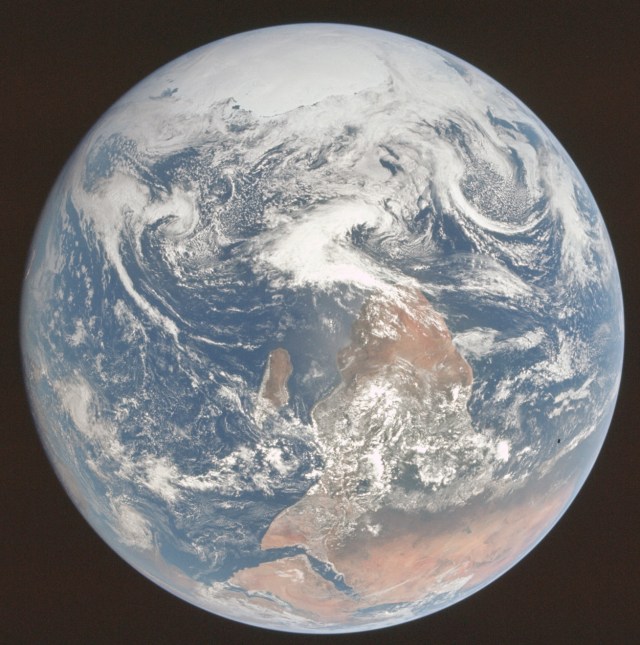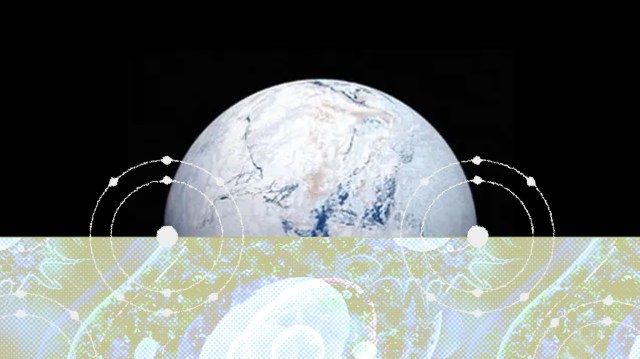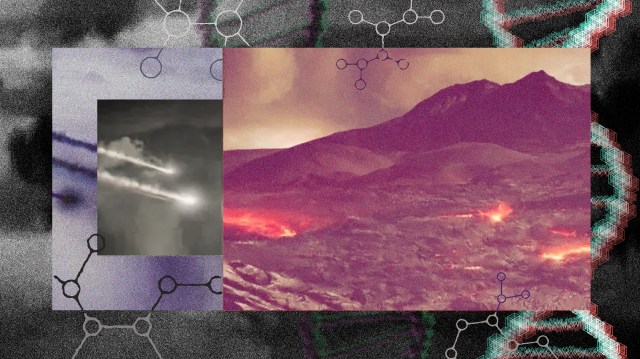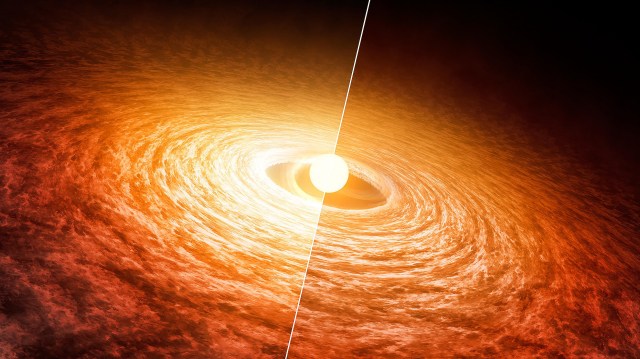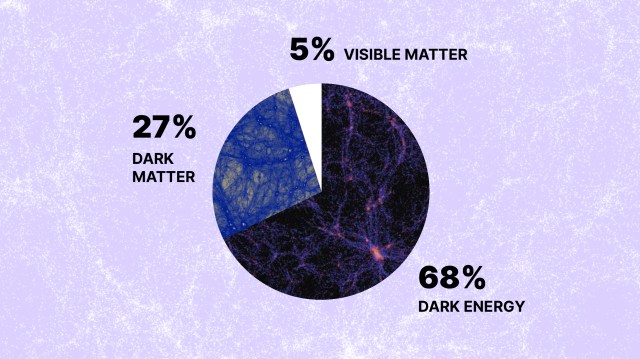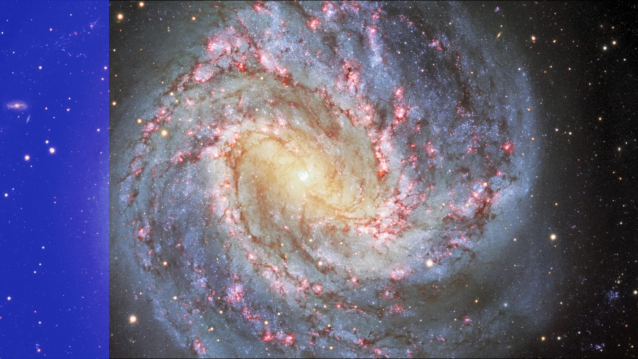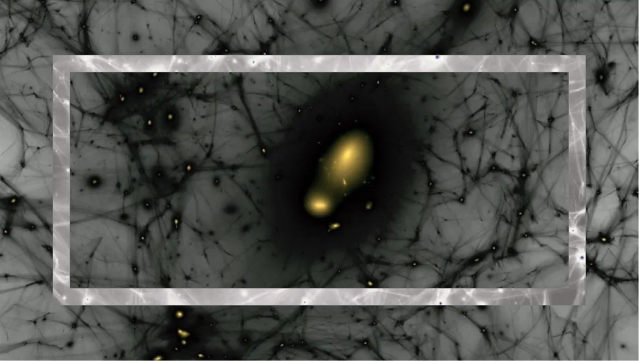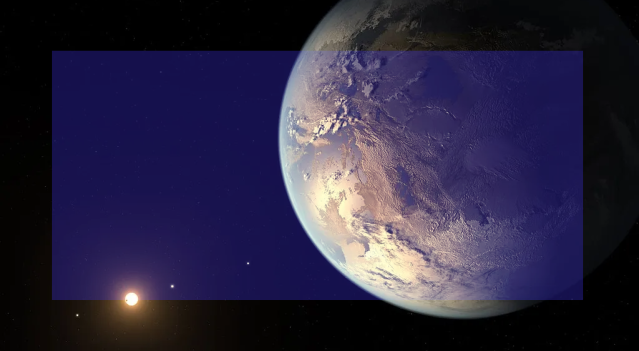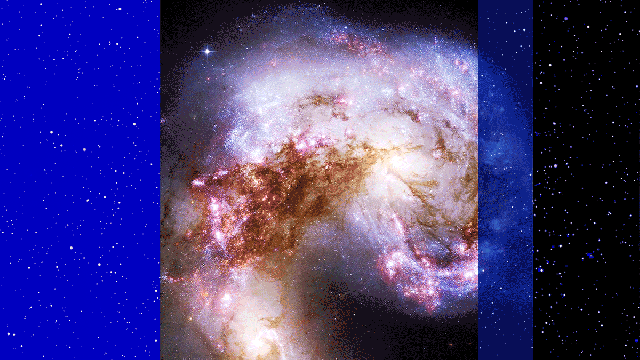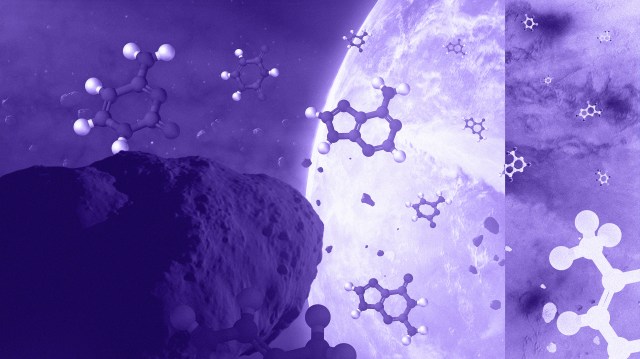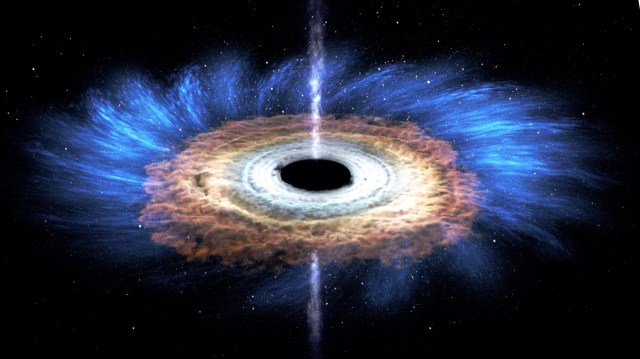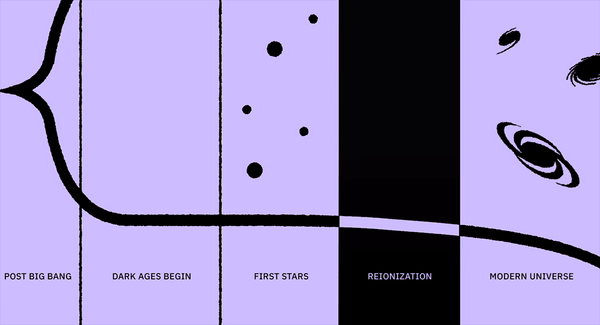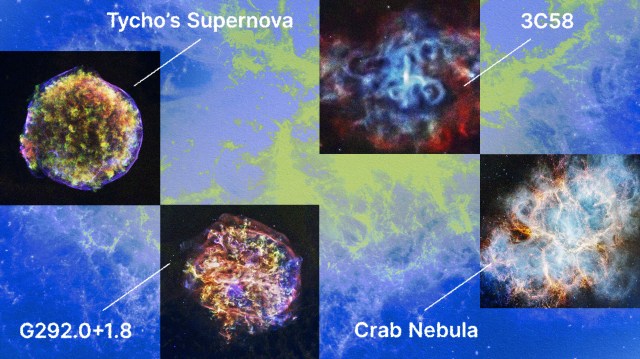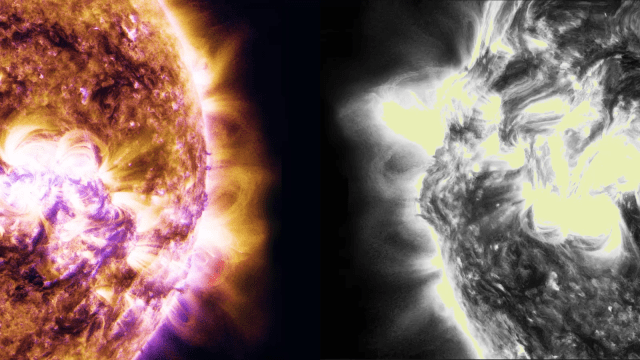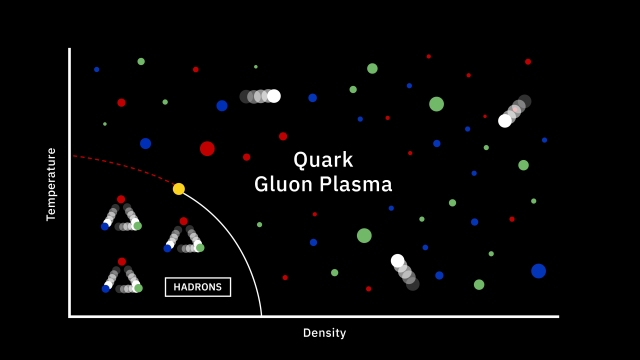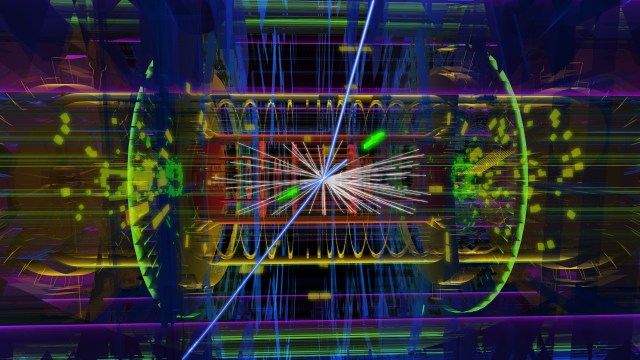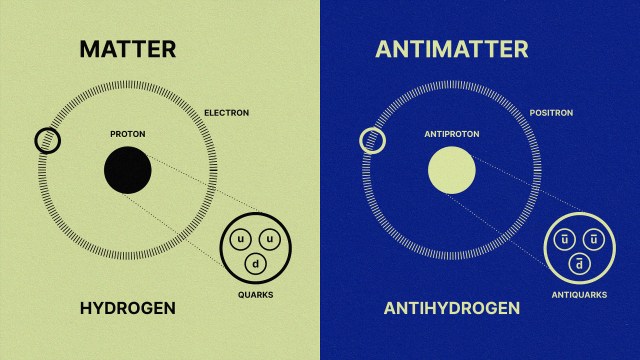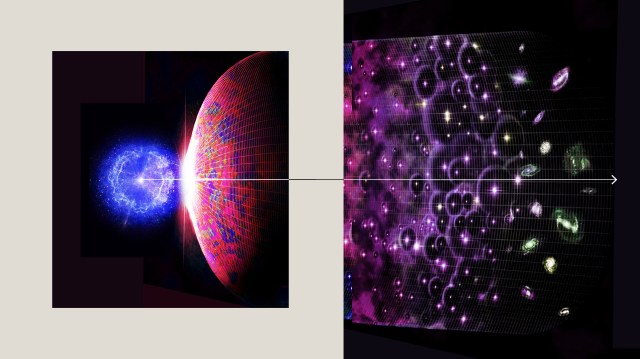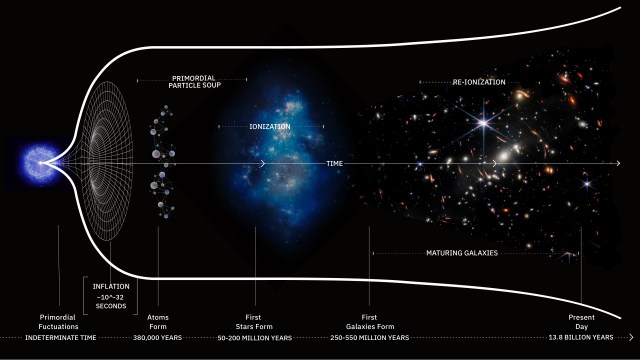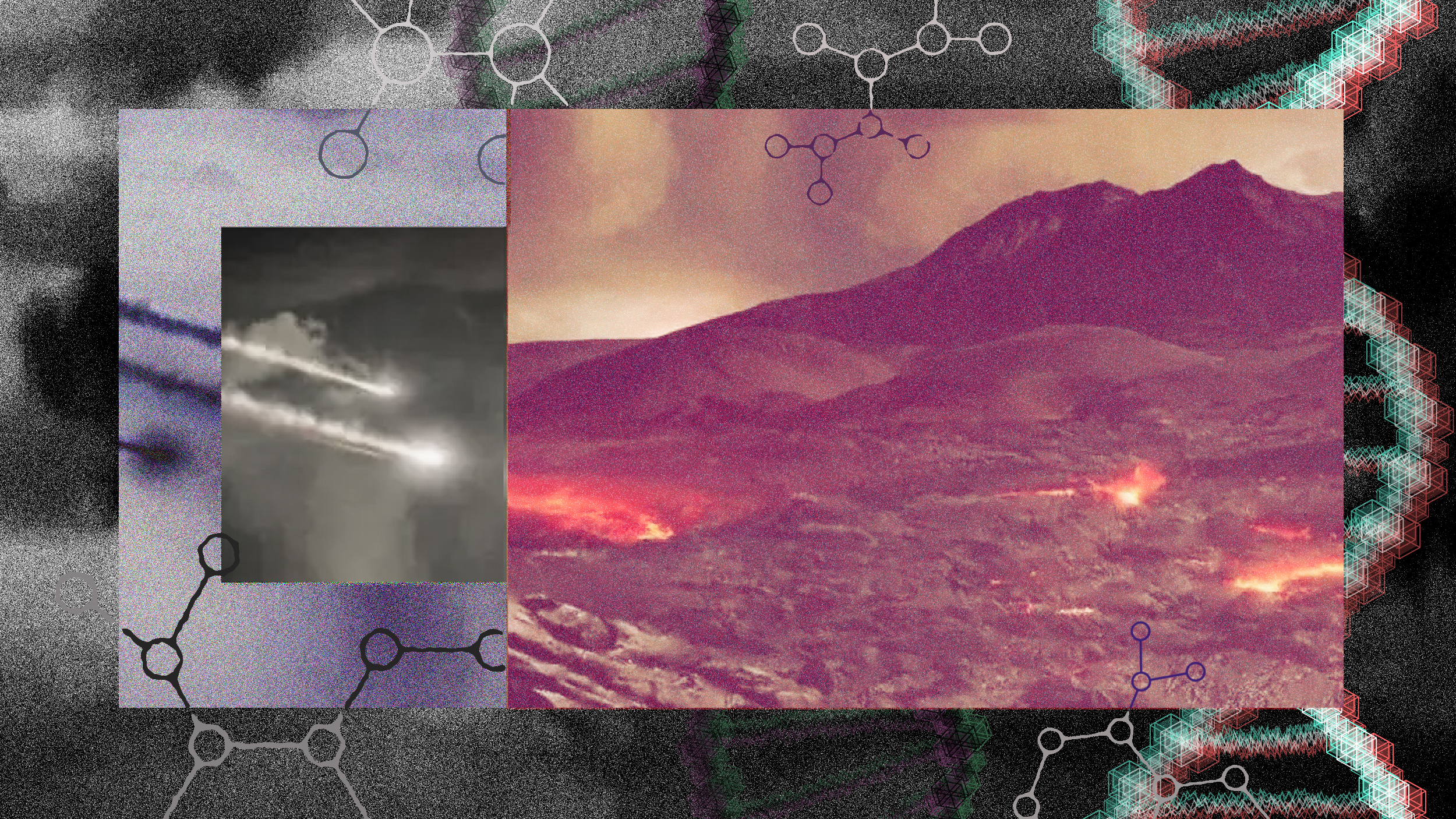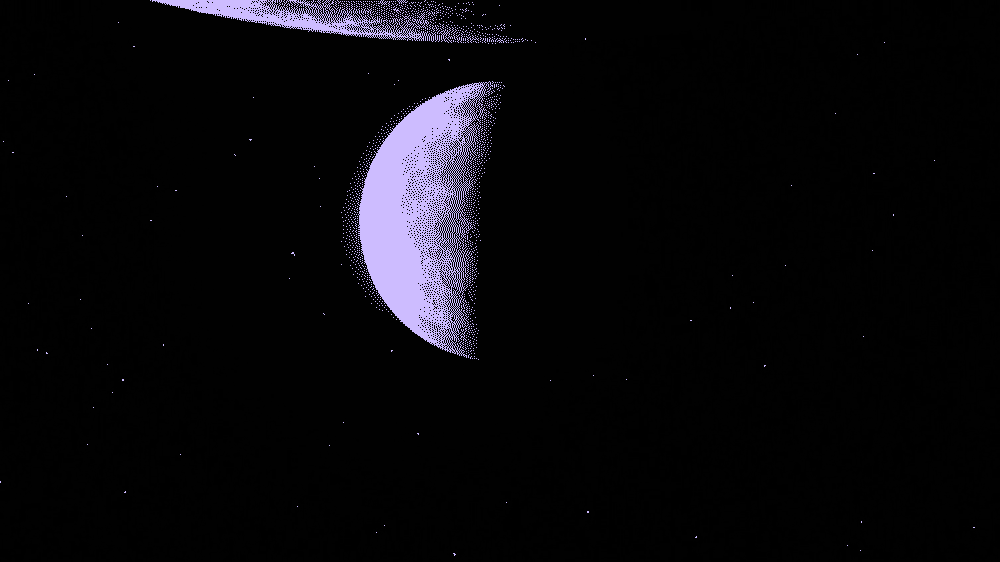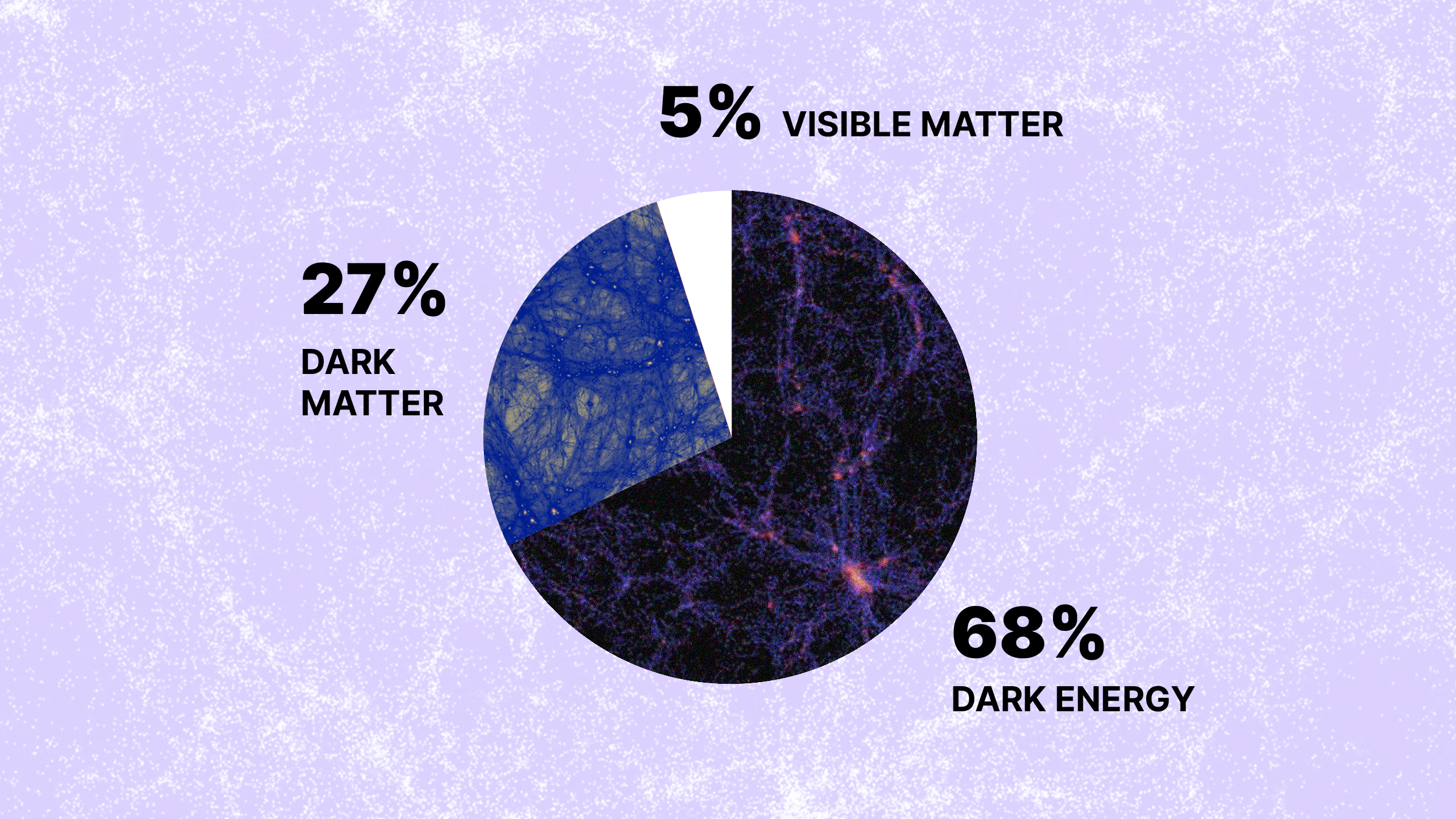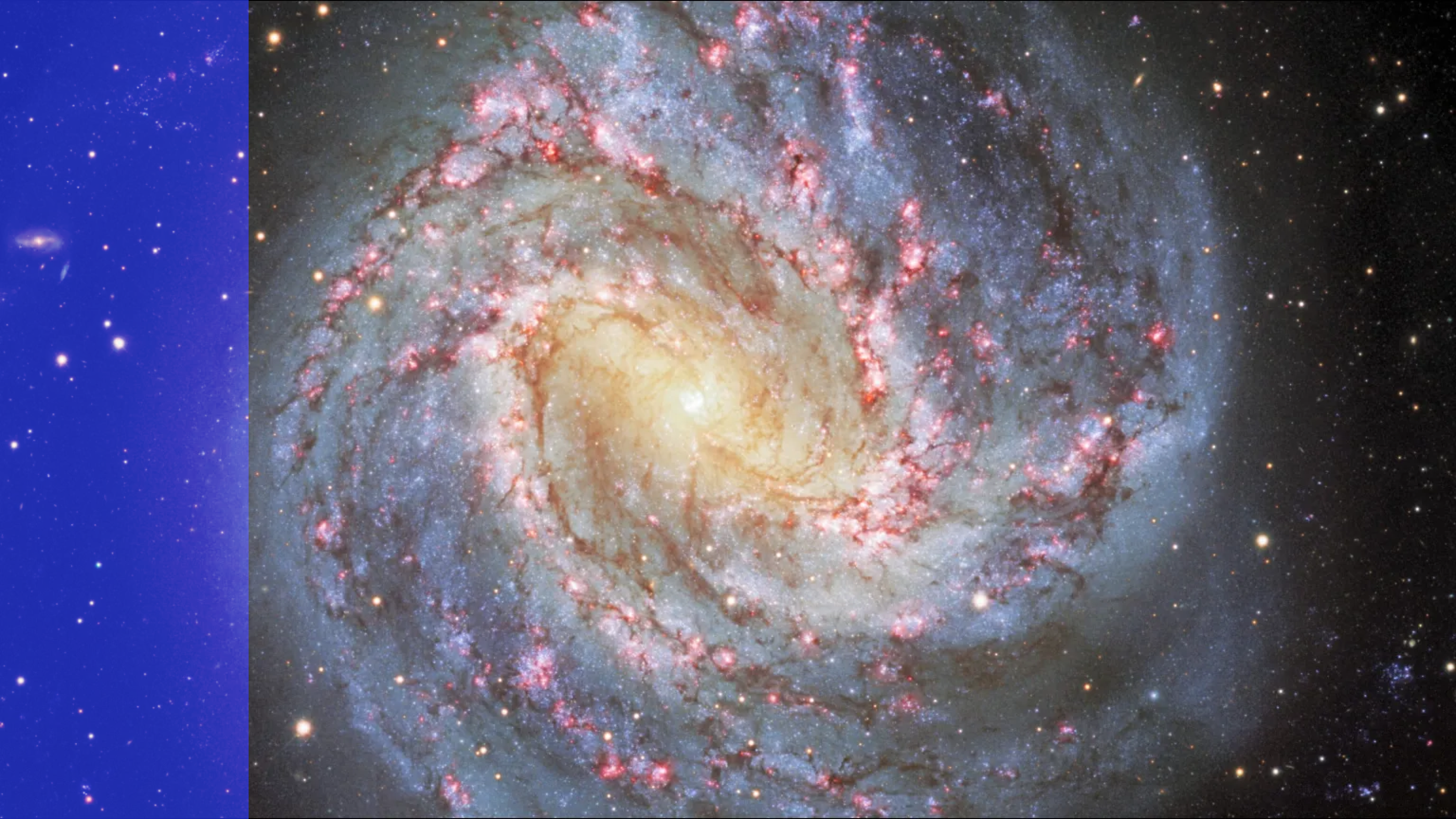What was it like when Venus and Mars both died?
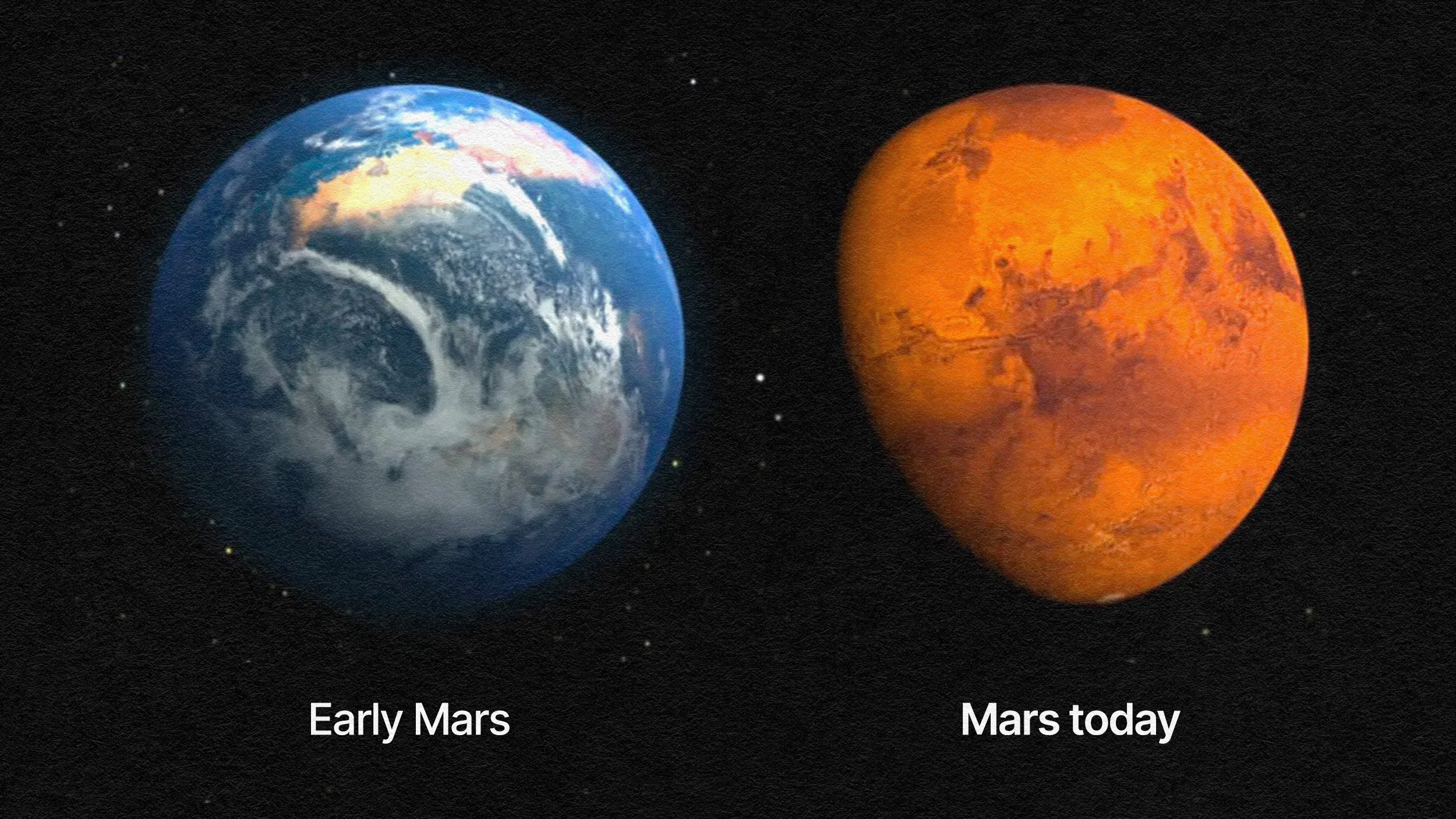
- Shortly after the Solar System’s formation, three of the inner planets — Venus, Earth, and Mars — had the right ingredients, as well as the right conditions, for life to arise and thrive on that world.
- On Earth, life arose very early on and has survived ever since in an unbroken chain, but Venus died relatively quickly, and Mars died after about 1.5 billion years, both for very different reasons.
- It’s an instructive lesson, as well as a cautionary tale for planets, to learn exactly how these two worlds met their demise. Given enough time, Earth will certainly be next in line.
If you could travel back in time to the early stages of the Solar System, some 4.5 billion years ago, you wouldn’t simply find the one life-friendly world you’d expect in the form of planet Earth. Instead, there would have been three worlds with similarly life-friendly conditions: Venus, Earth, and Mars. In terms of the physical conditions they possessed, all three of them looked very similar from a planetary perspective, as they all had:
- substantial surface gravity,
- copious amounts of volcanic activity,
- and atmospheres similar to Earth’s in thickness and pressure.
They all possessed volcanoes, watery oceans, and complex interactions between the surface, oceans, plus clouds and hazes, enabling these worlds to retain significant amounts of the heat they absorbed from the Sun.
Moreover, at these very early stages, even the compositions of their atmosphere were similar, as they were all rich in molecules like hydrogen, ammonia, methane, nitrogen, and water vapor. For a time, conditions were favorable for life to potentially arise on all three worlds, and indeed it may have arisen on all three at some point in the distant past. However, on all but one of these worlds, it didn’t last. Venus experienced a runaway greenhouse effect, boiling its oceans away and rendering it inferno-like after only a few hundred million years. Mars lasted far longer before becoming inhospitable: perhaps as much as 1.5 billion years. These are the stories of how our planetary neighbors met their respective demises.

It’s remarkable that worlds that, today, are so different from one another might have had such similar histories in their early stages. It wasn’t just Earth, but also Mars, that likely experienced catastrophic early collisions, with Earth’s creating our Moon and Mars’s creating three moons, the largest of which likely fell back onto Mars at a later date. The remaining two Martian moons, Phobos and Deimos, as well as Mars’s severe asymmetry across its two hemispheres, are two of the key pieces of evidence that support this ancient impact theory for Mars, with similar stories occurring on icy, moon-rich worlds like Pluto as well. Venus may have suffered an impact that altered its axial rotation severely, but remained a moon-free planet.
What is certain, however, is that all three worlds — Venus, Earth, and Mars — were definitely shaped by both external impacts and internal geologic processes, as:
- mountain ranges formed atop extensive highlands,
- great, basins stretched across dramatic lowlands,
- rift valleys formed and volcanic activity, including lava flows, covered the surface.
All three possessed molten, liquid interiors, leading to incredible amounts of volcanism, adding both volatiles and carbon dioxide to the atmosphere and creating relatively smooth seafloor bottoms. The water that was both expelled from the planets’ interiors by this activity, as well as water brought to the planetary surfaces by impacts, would become planet-wide oceans, completely covering the lowest-elevation areas.
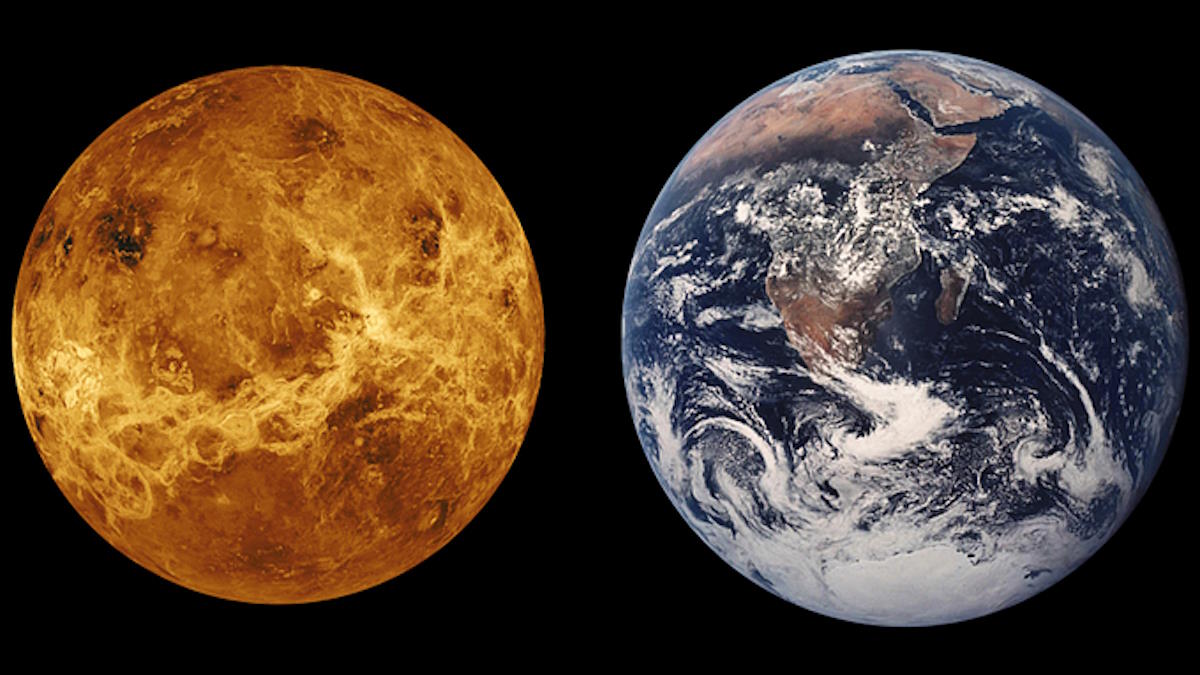
When you compare Venus to Earth to Mars, however, there are three major differences that leap out at even a casual observer:
- their orbital distances from the Sun,
- the rate of their planetary rotations,
- and their physical sizes.
That first factor, the close proximity of Venus to the Sun, likely sealed its doom from a very early stage in planetary history. Although Venus is 95% the size of Earth and the Venus-Sun distance is 72% of the Earth-Sun distance, that latter figure translates into Venus receiving approximately double the energy from its parent star that Earth receives.
Of course, back in the very early days of the Solar System, the Sun was much cooler and less luminous than it is today, emitting just a fraction of the energy it does at present. Over time, however, all stars heat up, because as they consume the nuclear fuel in their cores, the core grows, heats up, and the rate of fusion within them increases. Over enough time, the star’s temperature and luminosity increases as well.

In the early stages of our Solar System’s history, this may have created initially life-friendly conditions on Venus. Once the planetary surface becomes cool enough to solidify and to enable liquid water’s presence upon it, the same life-friendly conditions that eventually led to the emergence of biological activity on Earth may have been at play on Venus as well. But unlike Earth, Venus’s close proximity to the Sun meant that as the Sun’s energy output began to increase, Venus began to get hotter, from its surface to the top of its atmosphere, at a much greater rate than the outermore worlds.
As an incredibly volcanically active planet, the water vapor spewn up into Venus’s atmosphere certainly helped retain heat emitted by the planet and also absorbed from the Sun. These dual effects didn’t just heat the planet, but a hotter planet resulted in a greater rate of evaporation at the planet’s surface, which further increased the amount of water vapor present in the atmosphere. It didn’t take long, from a planetary perspective, for this to lead to what we call a “runaway greenhouse effect,” where increasing temperatures create conditions that cause the planet’s temperature to increase even further. After as little as ~200 million years, but perhaps up to several hundred million more, Venus’s surface became hot enough that any liquid water on its surface would inevitably boil away. From a planetary perspective, it never recovered.

Because it’s located at a much greater distance from the Sun than either Venus or Earth, Mars encountered what can only be described as the opposite problem to Venus. Mars is much smaller than Earth, at barely half the size, but it orbits more than 50% farther away from the Sun, meaning it receives only 43% of the energy input (per square meter) that we get here on Earth. With such a low amount of incident energy arriving, you might think that liquid water would have been impossible on such a world, particularly when the Sun was much cooler, and that Mars would therefore be destined to be eternally frozen.
Fortunately for us, we can be confident, beyond a shadow of a doubt, that this wasn’t the case! There’s tremendous evidence for copious amounts of not only past liquid water on Mars — in the form of sedimentary rock, hematite spheres, dried-up riverbeds with oxbow bends, canals that appear to flow into large depressions like Valles Marineris, etc. — but of current liquid water as well. Down the slopes of crater walls, although the claimed detection is contested by some, we’ve observed from orbit what appears to be evidence of water flows, which leave briny deposits behind in their wakes even today.

The full suite of evidence we have teaches us something profound about the early conditions on Mars. Even early on, there must have been:
- a substantial Martian atmosphere,
- creating a strong greenhouse effect on that world,
- enabling sufficient temperatures and pressures to maintain liquid oceans, rivers, and lakes on the surface.
There must have once been, early on, much greater surface pressures on Mars than its current thin atmosphere is capable of creating, and that atmosphere also had to do a phenomenal job of trapping the Sun’s heat. Without those conditions in place, early Mars would have been a frozen world: something that the evidence definitively contradicts, as the past evidence of liquid water is simply too great and compelling.
Such atmospheric conditions on Mars are not possible today, unfortunately. The Sun emits a constant stream of charged particles known as the solar wind, and they’re constantly smashing into the Martian atmosphere. Because its surface gravity is so much lower than Earth’s, it’s easy to knock particles found in the atmosphere off of Mars and into the abyss of interstellar space. Thanks to NASA’s Mars Maven mission, we have even measured how quickly Mars is losing its atmosphere today, and can draw conclusions about how quickly the process of atmospheric stripping would have transformed a once Earth-like atmosphere into Mars’s modern atmosphere.
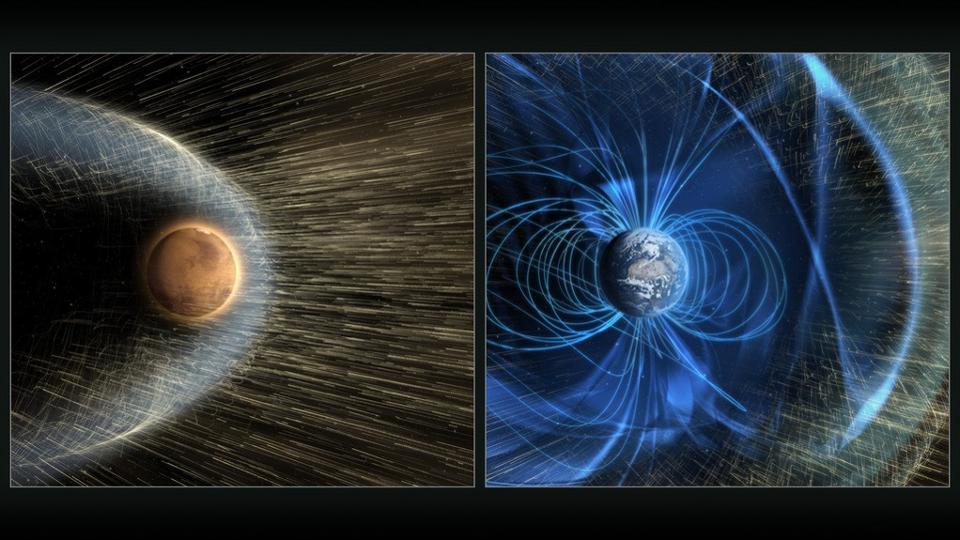
It turns out that the process of atmosphere loss, on Mars, is incredibly fast. In fact, if you only do the naive calculation of assuming that the flux from the solar wind today, and the rate of Martian atmosphere stripping today, was in place throughout the history of Mars, you would have (erroneously) concluded that Mars lost its atmosphere even more quickly than Venus became a planet with a runaway greenhouse effect on it. If that were the only effect you included in your calculations, you would find that it should only take several tens of millions of years, perhaps, at most, up to a couple of hundred million years, to transform Mars from an Earth-like atmosphere to one incapable of supporting liquid oceans, temperate climates, and life.
But that doesn’t appear to be reflective of how natural history unfolded on Mars. Instead, the evidence shows that it retained a thicker atmosphere — thick enough to enable liquid water on its surface — for over 1 billion and up to 1.5 billion years. So how, then, did Mars manage to stay in its water-rich state for so long? The answer to that puzzle lies deep beneath the surface: in the Martian core. Mars and Earth have a few things in common that are very important:
- they both rotate on a tilted axis,
- about once every 24 hours,
- and contain metal-rich cores at ultra-high temperatures and pressures.

Back in the early days of the Solar System, before so much of that heat in the Martian core was radiated away into space, it should have possessed what’s known as a magnetic dynamo in its core: something that Earth still actively possesses. This dynamo produces a coherent, active magnetic field that surrounds a planet; this is the source of why a compass needle always deflects to face the magnetic “pole” on Earth: our core’s active magnetic dynamo. Such a magnetosphere, if it were once surrounding Mars, would have protected the planet from the solar wind, diverting the overwhelming majority of those charged particles away from and around Mars, leaving the atmosphere largely untouched.
For around 1.5 billion years, this was the state of affairs on our neighboring planet. Mars, in those early days, possessed:
- seasons,
- liquid water,
- a weather cycle,
- tides,
- and the same ingredients for life that Earth was born with.
We know that life took hold on Earth early on, perhaps within 200 million years and certainly within 700 million years of our planet’s formation, and Mars had over 1 billion and up to 1.5 billion years where it was an ocean-rich world. This raises an important and enticing possibility for Mars: that at one point, it too was a world teeming with life in a water-rich environment.
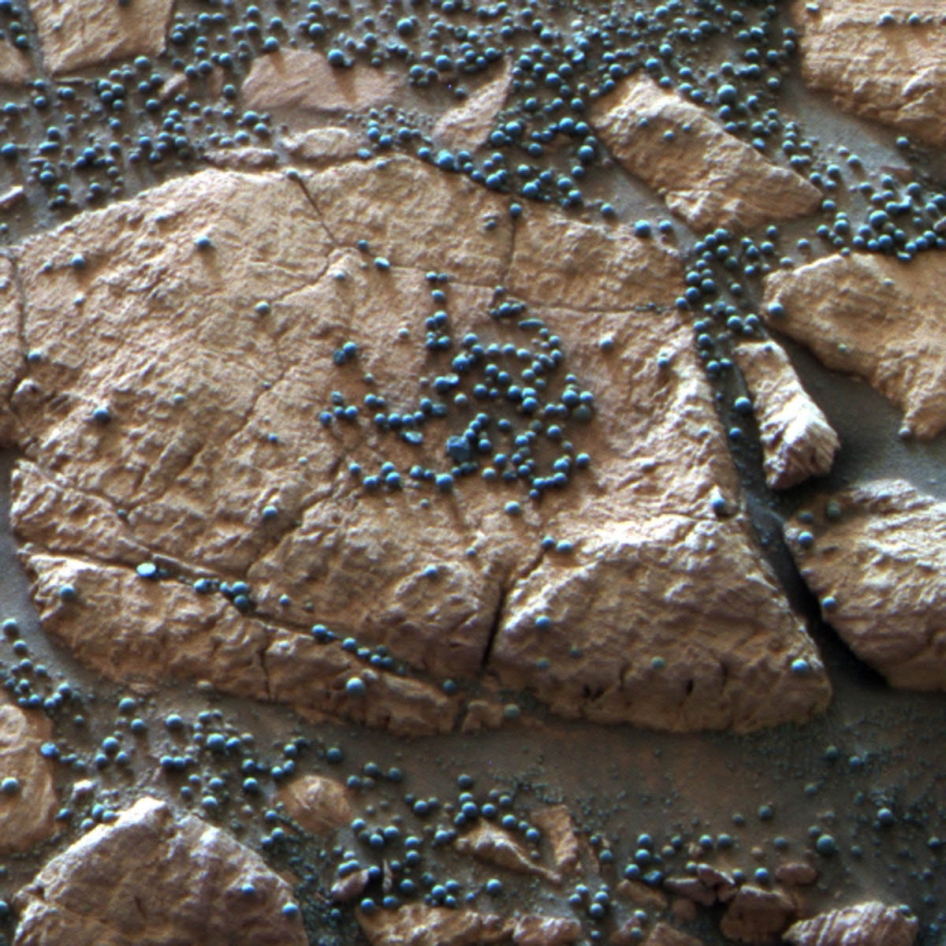
In other words, early Mars was a promising candidate planet for life, and may have even been a world where life once emerged and thrived. However, the changes that Mars endured after beginning its days with a set of life-friendly conditions were rapid and sweeping. Planets are born possessing a fixed amount of internal heat, which radiates away throughout their lifetimes. A planet like Mars, even though it has half the diameter of Earth, is born with only about 10-15% the amount of internal heat of an Earth-like planet. Its surface area-to-volume ratio is much greater than Earth’s, and therefore, Mars sees a greater percentage of its internal heat radiate away in shorter timescales than a planet like Earth can shed its internal heat.
This leads to a “nightmare scenario” for a living world: where its core becomes cool enough so that its magnetic dynamo goes extinct. Precisely this event occurred approximately 3 billion years ago on Mars, which led to the magnetic field that once existed getting imprinted into the Martian rock at that time, but never reappearing in all the time since. Then, once that protective magnetic field surrounding the planet vanishes, the solar wind begins striking the Martian atmosphere, causing those tenuously held particles to get stripped away. In short order, which is to say in around just 100 million years (give or take), the atmosphere was almost completely knocked off into interplanetary space. Once the surface pressure drops to below a critical value — the value set by the triple point of water — the Martian oceans were unable to remain in liquid form, and either froze beneath the surface or sublimated away. The days of copious liquid water existing on Mars had come to an end.

It is entirely plausible that, for the first few hundred million years of our Solar System’s history, we possessed three life-friendly worlds: Venus, Earth, and Mars. Venus most likely experienced a relatively quick death, as its close proximity to the Sun created a water vapor-rich atmosphere, which trapped enough heat to create a runaway greenhouse effect, ruining its chances for life early on. But Mars fared much better, and for 1.5 billion years, our Solar System may have possessed two heavily-inhabited planets, where single-celled life developed and took hold. It’s quite plausible that wherever life developed first — whether on Earth or on Mars — a random asteroid strike would have kicked material from that inhabited world up into interplanetary space, where primitive life forms could have been transported to the other, yet uninhabited world.
It’s possible, from that perspective, to consider that perhaps all Earthlings arose from Martians, or alternatively, that any life on Mars may have its ultimate origins traceable back to Earth. Mars’s magnetic field protected it from the Sun for all that time, allowing rivers and sediment buildup and hydrogeologic processes to take place. It was only because of its small size, which caused it to cool fast, lose its magnetic protection, and then its atmosphere, that it eventually became uninhabitable.
After another 1 or 2 billion years pass by, the Sun will have heated up enough to cause Earth to suffer a similar fate to Venus: where the Sun’s energy output is so great that our planet’s ocean’s boil away. However, if Earth were just a little smaller and less massive, we would have suffered a Mars-like fate instead, where the end of our core’s dynamo would have led to our atmosphere being stripped away. As it stands, Earth appears to be “just right” for life to arise and thrive for long periods of time: we’re not too close to our Sun, we’re not too small in size, and the liquid water we have on our surface now has persisted for some ~4+ billion years, and will likely last a billion or two years longer. As far as planetary habitability goes, perhaps we truly are the “Goldilocks” case.

